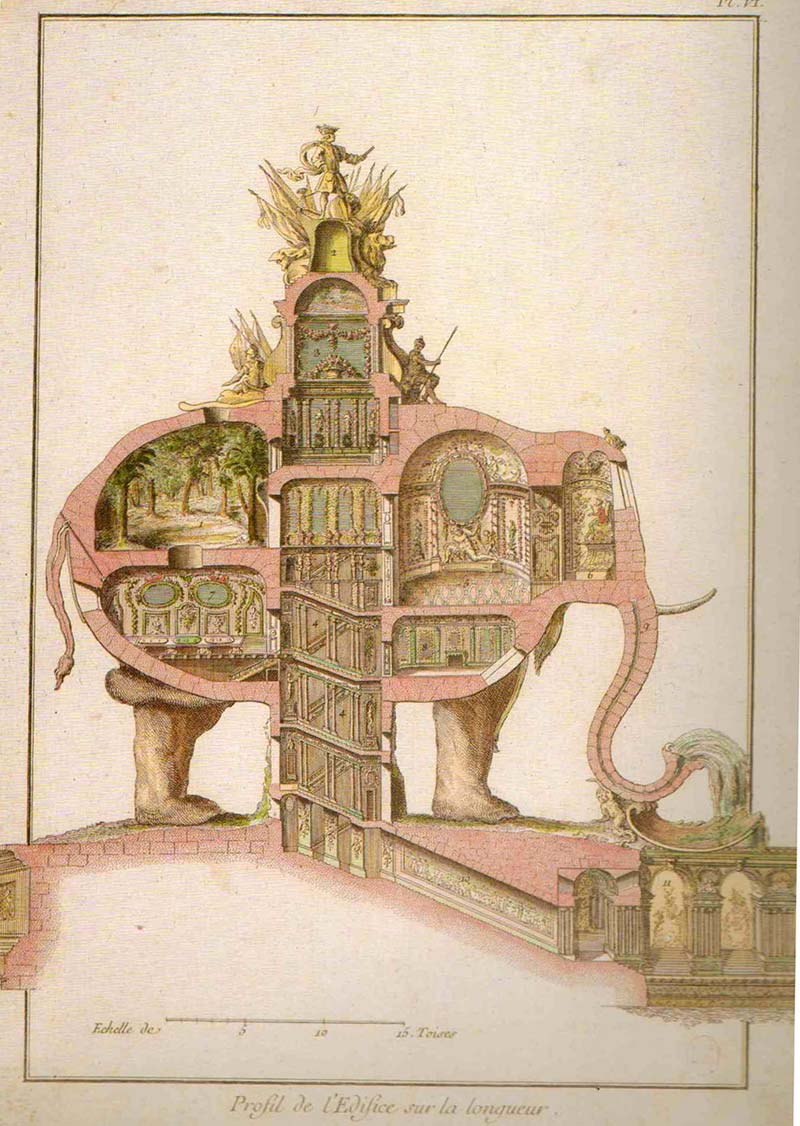Lack of ongoing insight into product operation and the interaction with users is a major contributor to the persistence of a knowledge gap that plagues many product organizations, reduces efficiency and stifles innovation.
What drives this knowledge gap? A number of general trends impact companies in most industry sectors and product types.
- Technology complexity and, in particular, the increased reliance on complex embedded control software.
- Elongated and fragmented supply chains that support global operations.
- Meeting global markets demand results in lower volume of configuration-specific product instances.
- Accelerated egress of an aging workforce from the workplace.
The impact of the growing knowledge gap is most recognized and frequently discussed in the context of equipment maintenance and repair, which is a knowledge intensive activity. Another area were closing the knowledge gap has significant benefits is engineering change management.
Organizations often speak about the need to collect and formalize “tribal knowledge” to close the gap between the knowledge needed to perform a complex takes or reach a decision, and the knowledge and experience the person performing this task has access to.
In a previous article I discussed the severe myopia that exists in many product companies: most engineering organizations lose sight of their products once they are sold or installed in the field. In some manufacturing companies this happens even earlier, during the transition to manufacturing engineering and before the product enters volume production. Once a product is in use, there is only a trickle of information in the form of service records and warranty claims. But many organizations dismiss critical maintenance and warranty information as merely operational and cost of doing business and aren’t leveraging its full potential.
Knowledge Based Product Development
Product organizations cannot have a true and complete view of a product and how customers are using it unless they can continue to observe it while it is in use. They must monitor and analyze products throughout their lifecycle, gauge their performance, quality and uptime, how users are interacting with the products, and how well they meet market expectations overall.
This rich multidisciplinary insight extends beyond design information. It includes multifaceted data from a variety of sources and disciplines and includes manufacturing, supply chain, filed operations and service and maintenance. The data can be aggregated from multiple sources, including real-time data such as IoT, maintenance record and customer experience.
The aggregation, classification and analysis of this data provides critical insight to embellish and enhance an organizational knowledge library for subsequent iterations of product design, manufacturing process engineering, and service planning. reinforced by analytics, case-based reasoning (CBR), and similar tools to collect, analyze and vet information.
Product organizations cannot afford operating with blinds that prevent visibility to downstream processes. They should not ignore the value of information collected throughout the product lifecycle. They must establish knowledge processes, governed by PLM software, to maximize the utility and benefit of product lifecycle information.
(Photo: FreeDigitalPhotos.net)



